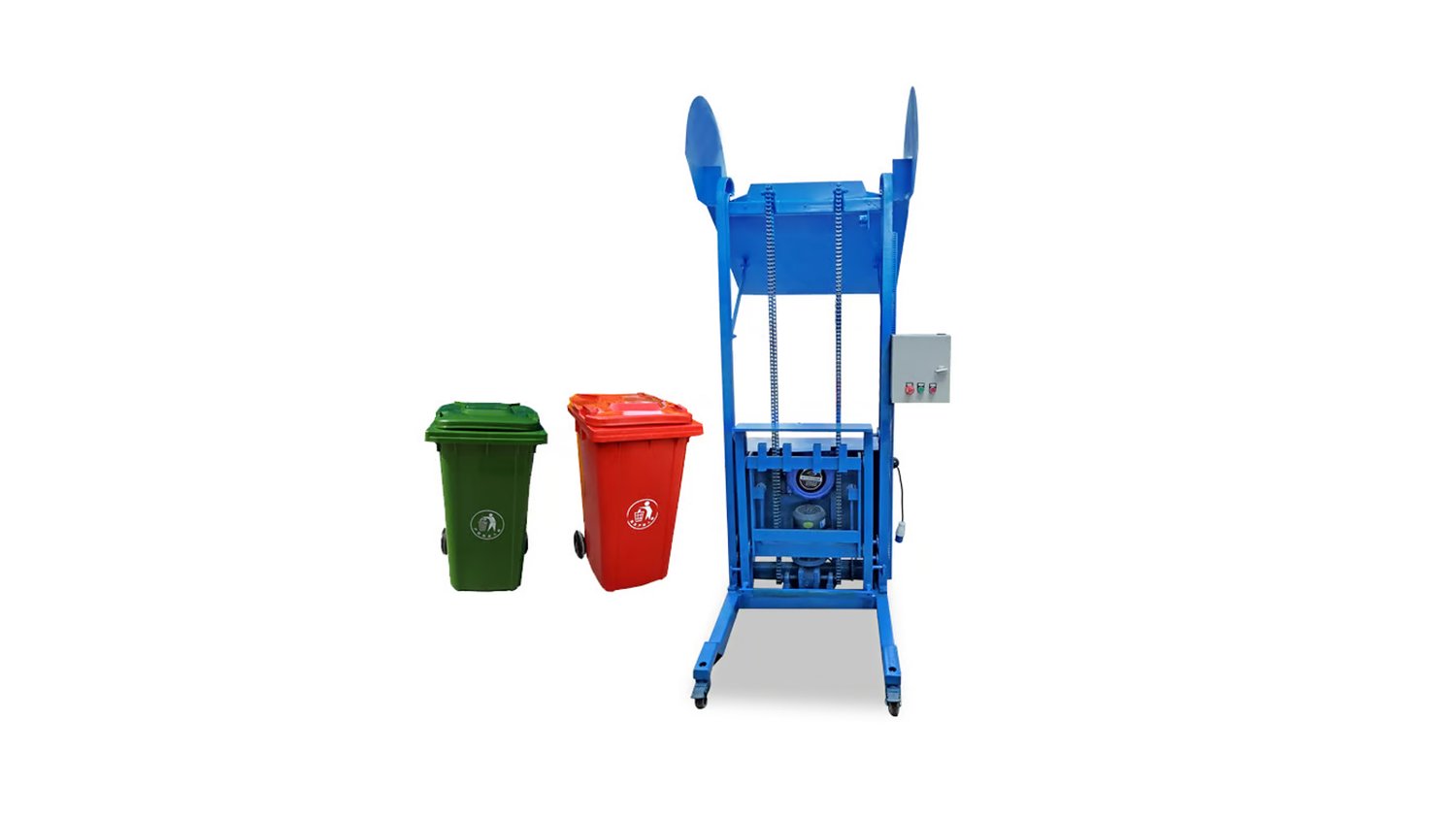Hoist remote control systems have revolutionized material handling by allowing operators to control lifting equipment from a distance. These systems eliminate the need for manual intervention directly on the hoist, significantly reducing the risk of accidents and improving overall operational safety. They are commonly used in industries like construction, manufacturing, and warehousing, where lifting heavy loads is frequent and precise control is paramount.
Key Components of Hoist Remote Control Systems
A typical hoist remote control system consists of a transmitter, receiver, and control unit integrated with the hoist machinery. The transmitter, often handheld, sends wireless signals, which the receiver interprets to operate the hoist functions such as lifting, lowering, and emergency stops. Advanced systems include feedback mechanisms that ensure accurate response and load monitoring, making the equipment more reliable and efficient in execution.
Benefits of Wireless Operation in Hoist Remote Control Systems
Wireless hoist remote control systems offer the advantage of mobility and flexibility for operators. Eliminating physical cables reduces trip hazards and allows operators to position themselves at the best vantage points for load visibility. This wireless capability enhances operational efficiency by enabling quicker and safer load adjustments and reducing downtime caused by tangled or damaged cables, a common issue in wired systems.
Safety Improvements through Hoist Remote Control Systems
Safety is a critical benefit of hoist remote control systems. By allowing operators to stay clear of hazardous load paths, these systems minimize the risk of injury from falling loads or mechanical failures. Additionally, many remote controls come equipped with emergency stop functions that can be instantly activated, providing a fail-safe mechanism to quickly halt hoist operation if an unsafe condition arises.
Integration with Automated Industrial Systems
Modern hoist remote control systems increasingly integrate with automated and smart factory technologies. These systems can be programmed or networked to communicate with other machinery, enabling synchronized movements and process optimization. By facilitating integration, hoist remote controls contribute to Industry 4.0 goals, improving productivity and enabling better data collection for preventive maintenance.
Types of Hoist Remote Control Systems Available
Hoist remote control systems are available in various formats, including RF (radio frequency), infrared, and Bluetooth-based options. Each has its advantages depending on the application environment. RF-based systems offer longer ranges and better penetration around obstacles, while infrared requires direct line of sight. Selecting the appropriate type depends on operational needs such as distance, interference, and environmental conditions.
Choosing the Right Hoist Remote Control System for Specific Applications
Choosing the ideal hoist remote control system involves evaluating factors such as load capacity, operating range, frequency bands, and battery life. Applications demanding heavy-duty lifting and extended reach require robust transmissions and durable control units. Additionally, compatibility with existing hoist machinery and compliance with local safety standards are essential considerations for effective selection.
Maintaining and Troubleshooting Hoist Remote Control Systems
Proper maintenance of hoist remote control systems is critical to ensure longevity and consistent performance. Regular inspection of transmitter batteries, receiver antennas, and signal integrity prevents unexpected failures. Troubleshooting common issues such as signal interference, range limitations, or control lag can be expedited by following manufacturer guidelines, ensuring safe and reliable hoist operation.
Cost Efficiency and ROI of Hoist Remote Control Systems
Although the initial investment in hoist remote control systems may be higher than traditional controls, the long-term benefits justify the cost. Enhanced safety reduces downtime and injury-related expenses, while improved efficiency speeds up operations. As a result, companies see notable returns on investment through reduced labor costs, minimized accidents, and increased productivity.
Future Trends in Hoist Remote Control Systems
The future of hoist remote control systems is closely tied to advancements in IoT and AI technologies. Emerging controls will feature enhanced user interfaces, voice commands, and real-time data analytics for predictive maintenance. Integration with augmented reality (AR) for operator training and remote diagnostics also promises to elevate system usability and safety standards, setting new benchmarks in material handling efficiency.
Quote Inquiry
contact us

